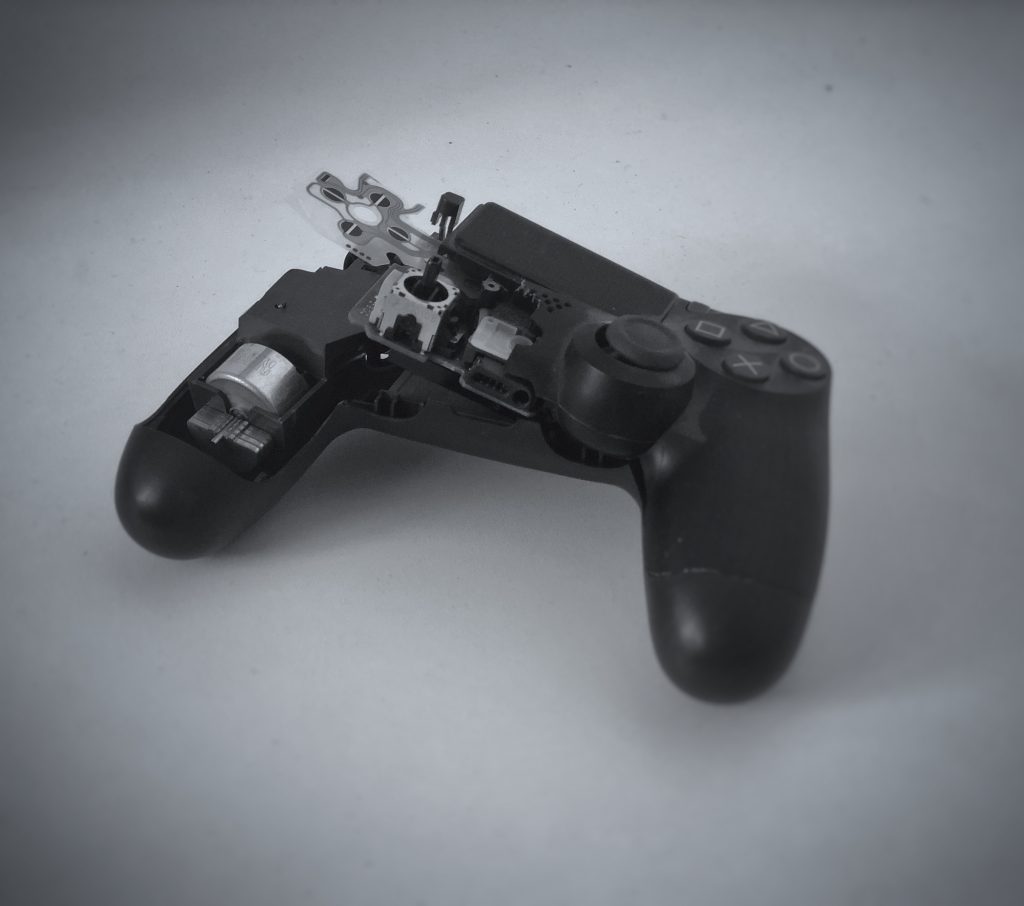Model number legislation

What is a model number?
A model number is a unique code assigned to a product that distinguishes it from other products. Think of it as your product’s ID card: unique, distinctive and informative. This number is often used by manufacturers and distributors to catalog and track their products.
Model numbers are essential for multiple aspects of product management and compliance:
- Identification and Tracking: Model numbers help quickly identify products, especially in cases where titles or descriptions may overlap.
- Quality assurance: In case of recalls or quality checks, specific batches can be easily traced.
- Market confidence: Customers and regulators see model numbers as a sign of professionalism and legitimacy. This increases trust and credibility.
- Compliance: For products covered by certain standards (such as CE marked items), a model number is part of the mandatory information to meet compliance requirements.
Is a Model Number Required?
For certain product categories, especially those subject to strict safety standards, the use of a model number is not only recommended, but required by law. This is especially true for products that require CE marking. The CE mark, which stands for “Conformité Européenne,” is a declaration that the product complies with EU regulations. Having a unique model number is part of this compliance because it shows that each product is traceable and identifiable.
As an e-commerce business owner, it is important to understand when and why a model number is needed. For products covered by specific regulations, such as electronic equipment, toys, or medical devices, it is not just a matter of best practice, but a legal requirement.
How to Invent Your Own Model Number
Creating an effective model number is an important part of product management and compliance. Here is a simple step-by-step guide to help you come up with your own model numbers.
Step-by-Step Guide
- Start with a Unique Base: Choose a unique set of letters and/or numbers that represent your company or product line. This forms the basis of your model number.
- Add Product Specific Details: Consider adding numbers or letters that indicate specific product features, such as size, color, or version.
- Keep it Simple and Clear: Avoid overly long or complicated codes. A model number should be easy to read and remember.
- Consistency is Key: Ensure a uniform structure in all your model numbers. This facilitates identification and tracking.
Importance of a Model Number Register
Keeping a record of your model numbers is essential. This not only helps organize your products, but also provides an easy reference in case of compliance checks or customer inquiries.
Tips and Best Practices
- Be Unique: Make sure each model number is unique to each product.
- Plan Ahead: Think about how your model numbering system can grow with your product line.
- Check for Duplicates: Before assigning a model number, check that it is not already in use.
Now that you know how to come up with your own model number, it is important to understand that self-conceived model numbers can sometimes lead to non-valid documentation. In the next section, we will explore this risk and possible solutions.
Proprietary Model Number and Use of External Reports and Certificates
Designing your own model numbers for your products may seem practical, but it presents significant challenges, especially when it comes to linking them to existing reports and certificates.
Non-Compliance Risks.
One of the biggest problems with not being able to link your unique model number to official documentation is the risk of non-compliance. This is because your product is no longer traceable to the matching documentation. This can cause your documentation to be considered noncompliant. After all, an inspector cannot verify that you really have the same product as on the reports. Indeed, counterfeiting in appearance is very common in these times.
A simple document provides the solution
For e-commerce entrepreneurs navigating the complexities of model number management and compliance, Instrux offers an effective and easy-to-use solution with their Declaration of Equivalence template.
The Role of the Declaration of Equivalence.
The Declaration of Equivalence is an important document that, although unofficial, is widely accepted by inspectors and regulatory authorities. It serves as proof that a product meets the relevant standards, even if the model number differs from the original documentation.
Use is really very simple, you only need to receive the data and a signature from the owner of the documentation. Indeed, in this statement, the owner states that even though the model numbers are different, the products are identical to each other. This statement allows you to use the documentation with the other model number.
How did you get this template?
Again, very simple: just send us an email with a request to share this template. In no time we will have these sent to you so that you too can use your own model numbers while complying with legislation.





